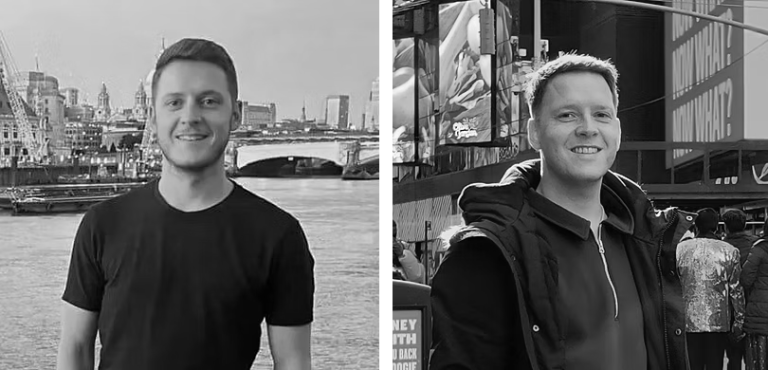BINUKOT: The Hidden Princesses of the Philippines
Nestled in the mountainous heartlands of Panay Island in the Philippines lives a unique community of women – the Binukot – who are revered as living symbols of beauty, purity and tradition. They are largely secluded from the outside world to preserve their role as guardians of ancient stories, dances and oral histories.
British film-makers and brothers Ed and Luke White travelled to the Philippines to make a short documentary film about the Binukot people. The result is a stunning film that takes the viewer on a captivating journey into their culture, exploring how they have safeguarded their heritage and tradition in the face of modernisation.
Through intimate interviews and beautiful landscapes, Ed and Luke convey this story of isolation, strength and cultural survival. The film will be of particular interest to SIGMA users, as it was shot entirely on the 18-35mm F1.8 DC HSM | Art (excluding drone footage).
Watch the film and hear from the film-makers below.
Ed and Luke, congratulations on the film, it’s really beautiful work. And thank you for sharing the final piece with us. What was it like working in such a remote part of the world, and how long did it take to film?
What were some of the main challenges you faced when making this film?
Was it difficult to convince the Binokot to talk to you? Were they hesitant to be on film?
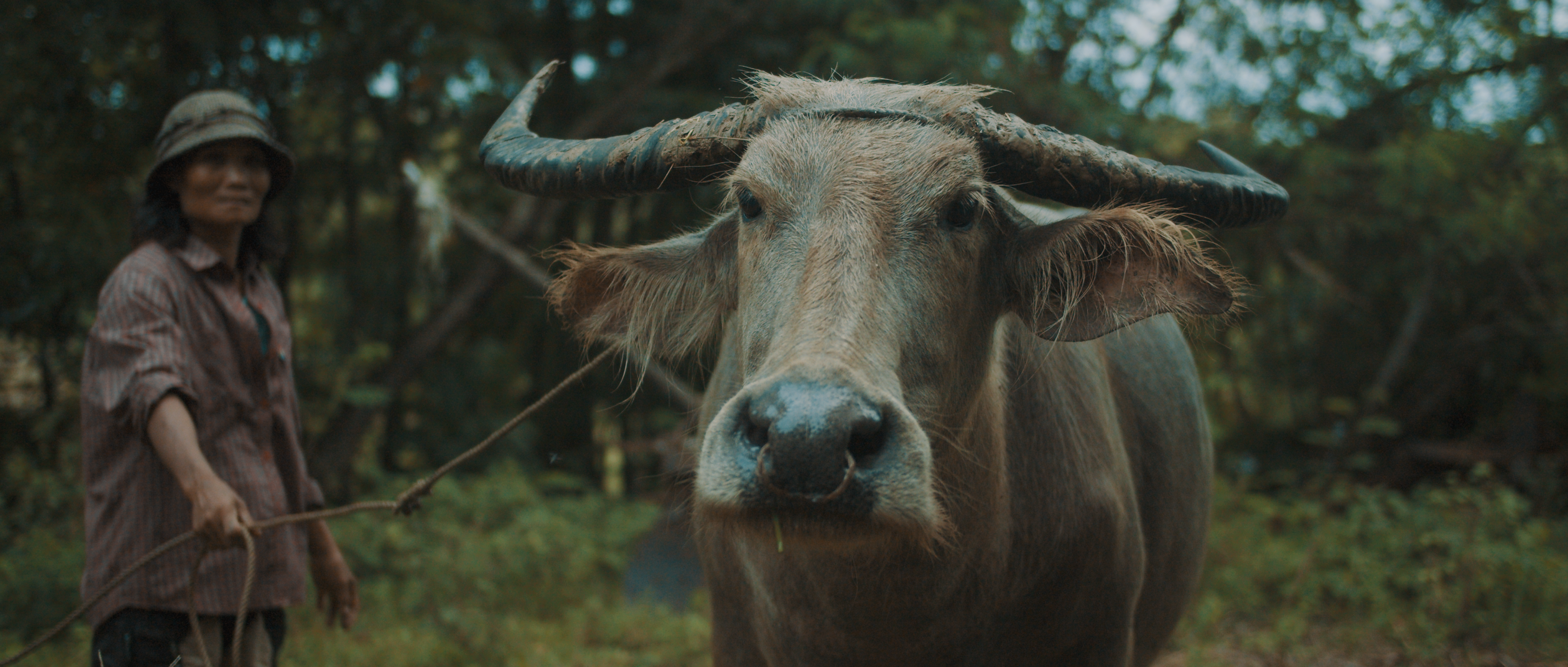

How did you get around the language barrier?
In terms of kit, you filmed virtually all of this on one lens – the SIGMA 18-35mm F1.8 DC HSM Art. Why did you choose that lens, and what made it so good for this type of film?
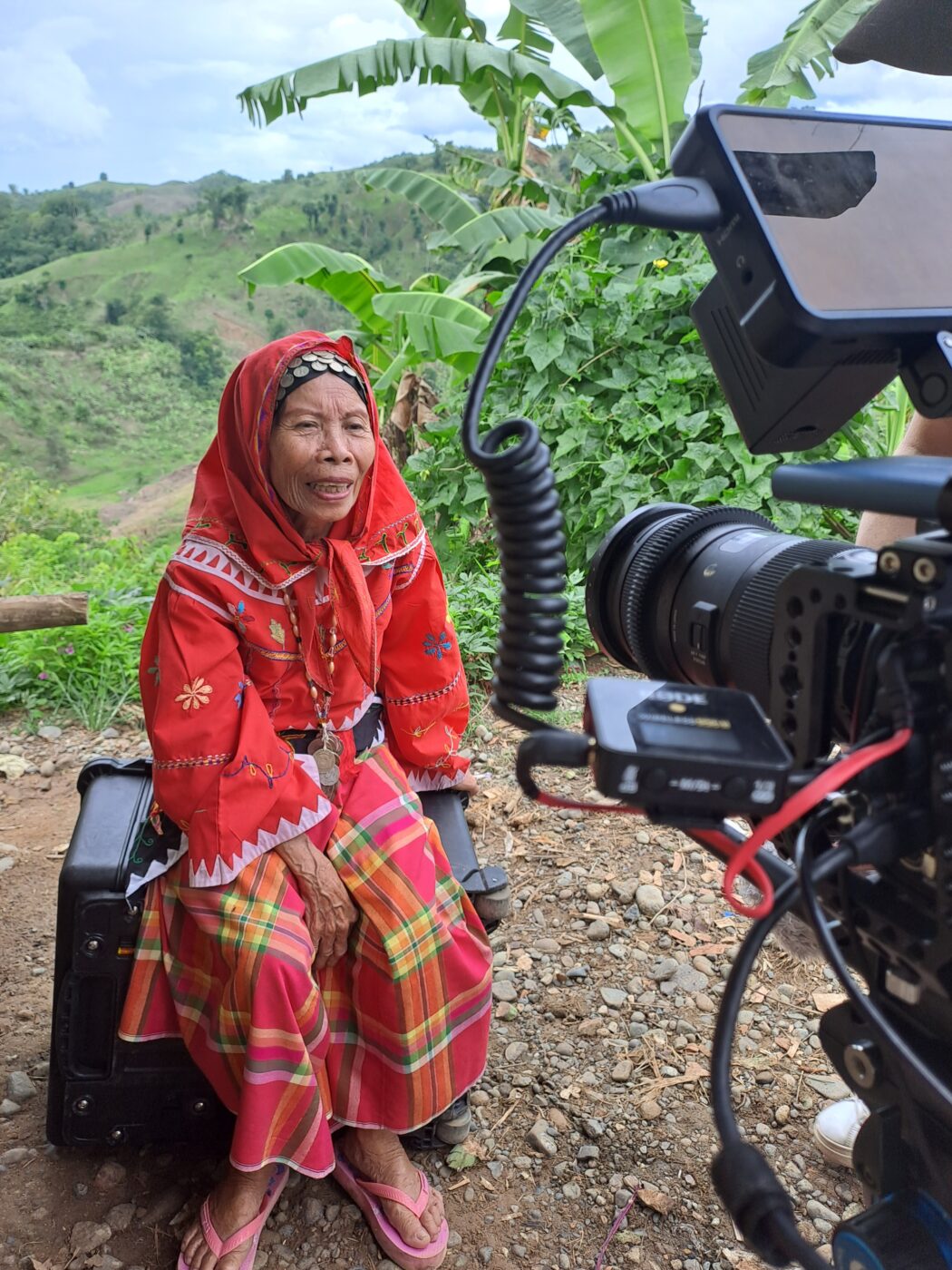
BUILDING TRUST WAS KEY – ONCE THEY FELT AT EASE THEY WERE WILLING TO SHARE THEIR EXPERIENCES.
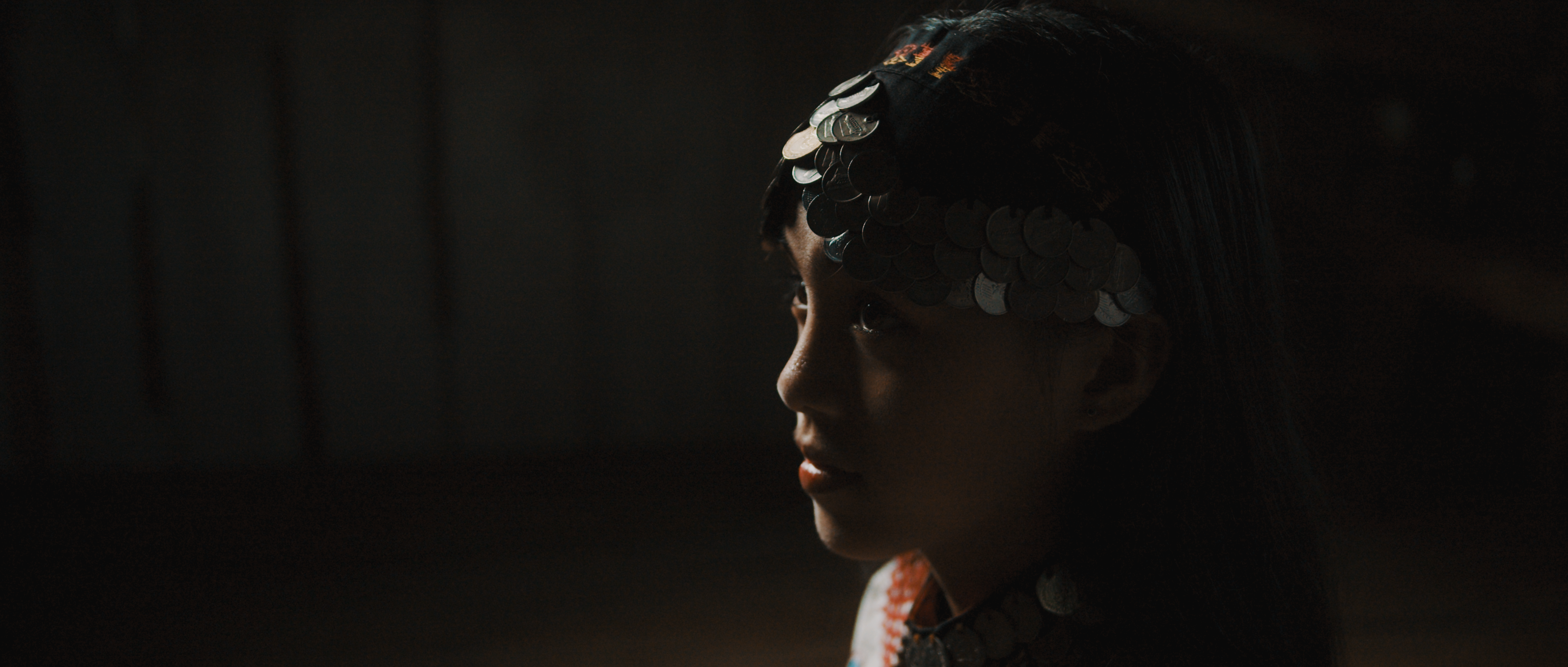
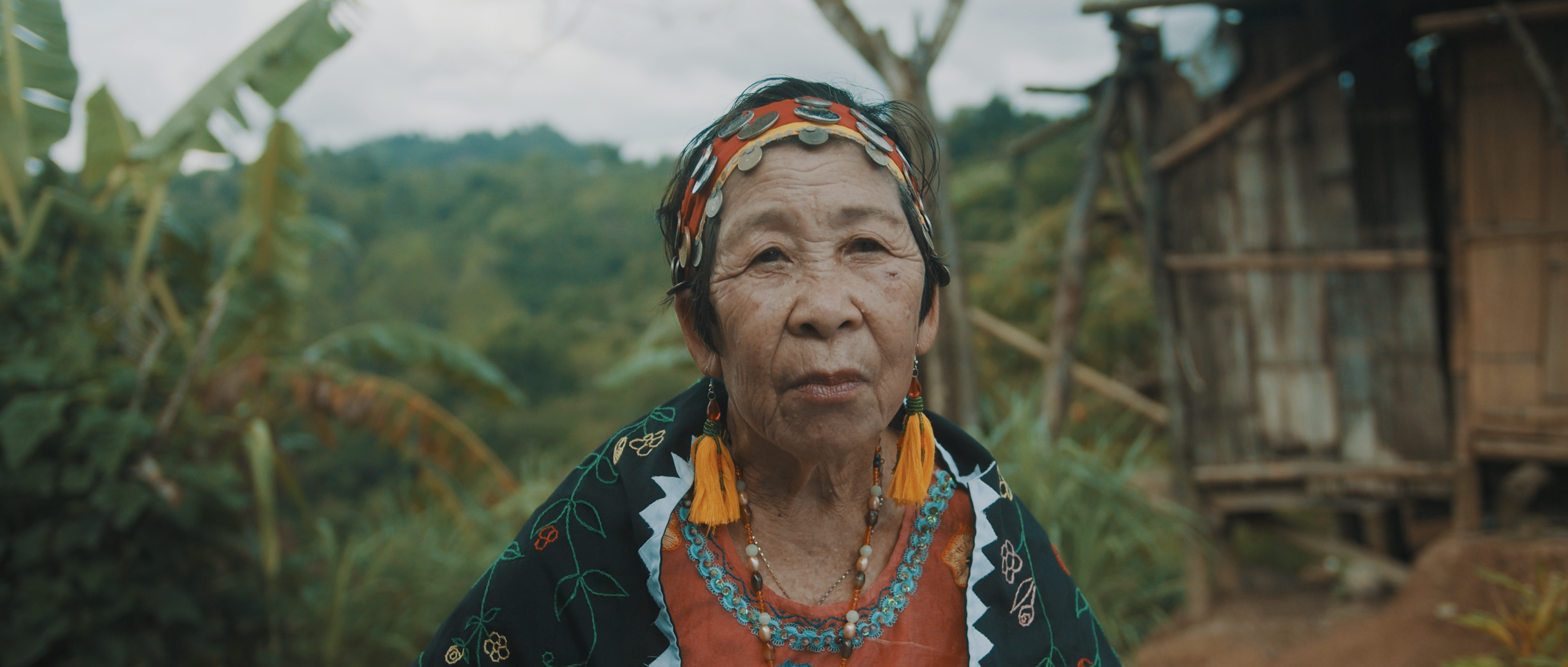
If you were to film a second part, and you could take another lens as well, what would be your second choice and why?
What’s the next project?
Where can readers see more of your work?
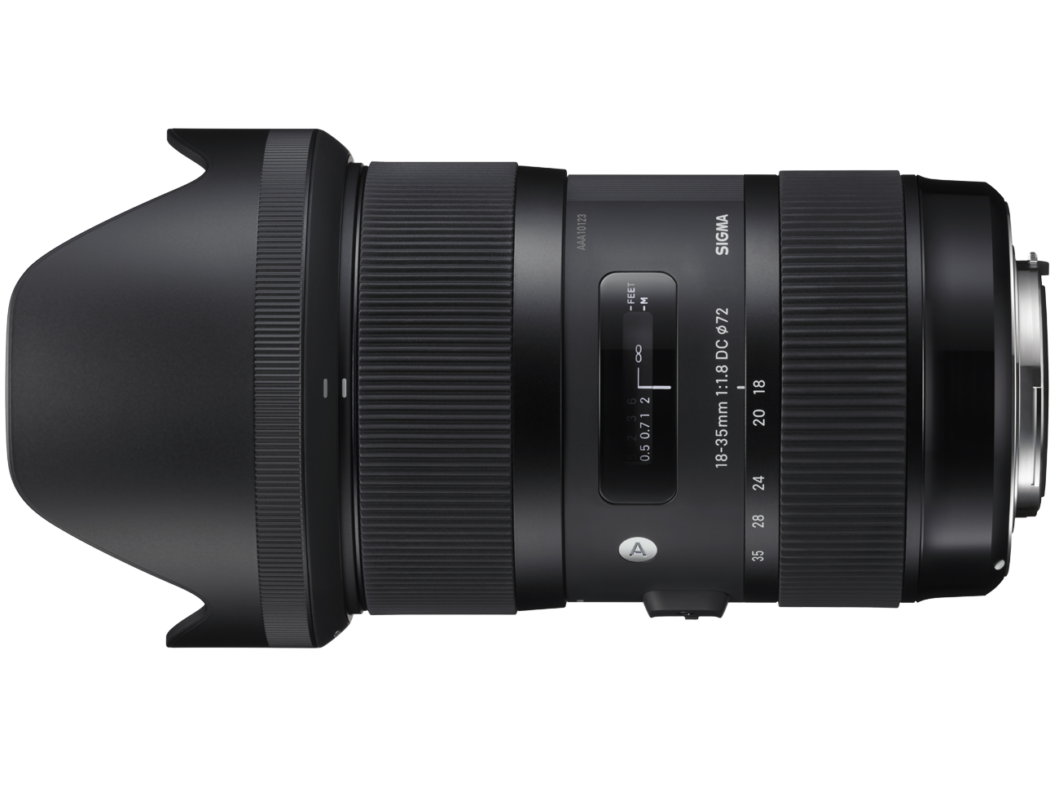
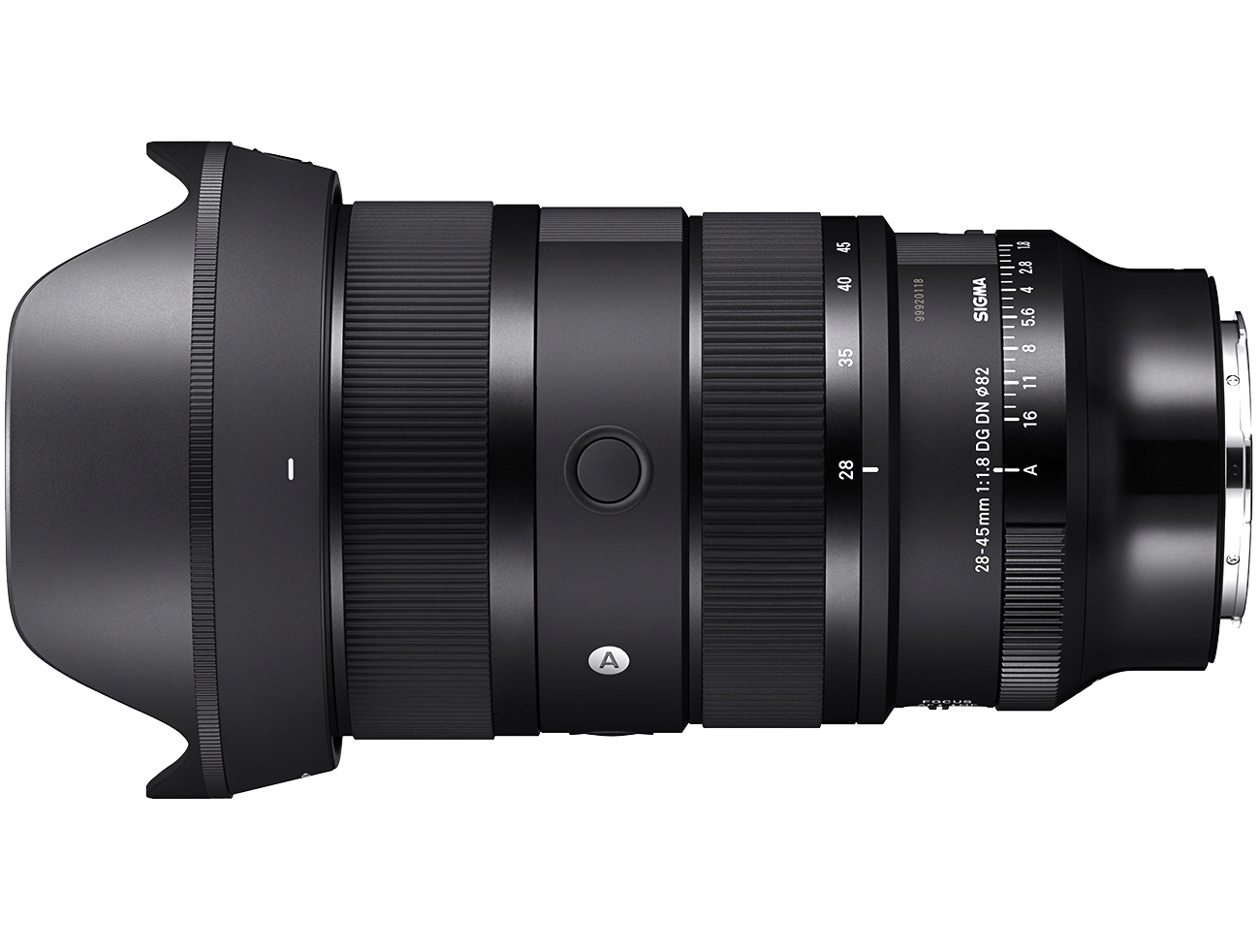
FAST APERTURE ZOOMS
The ultimate in versatility
There are still only two lenses on the market that offer a zoom and an F1.8 aperture, both from SIGMA. The 18-35mm F1.8 DC HSM, used by Ed and Luke to film Binukot, is a DSLR lens for crop sensor cameras. The newer 28-45mm F1.8 DG DN is a full-frame mirrorless lens for L-Mount and Sony E-mount. The fast aperture mixed with the zoom functionality makes these unique lenses high versatile tools for both stills and video.
